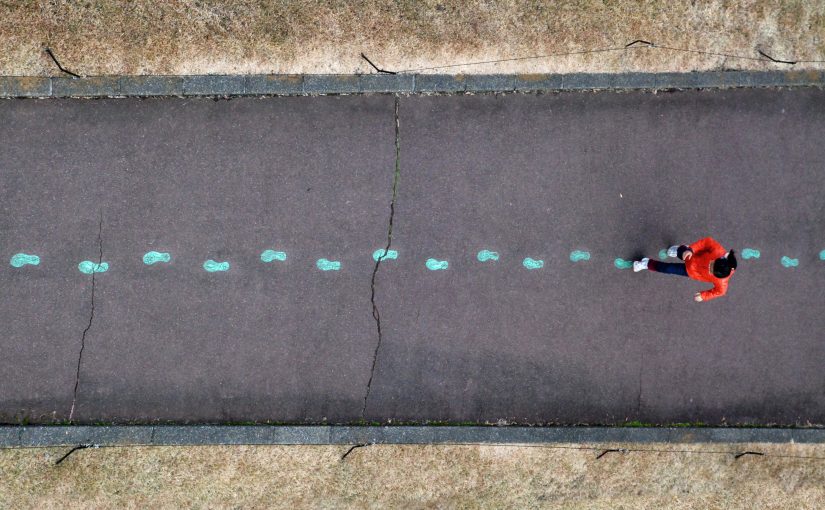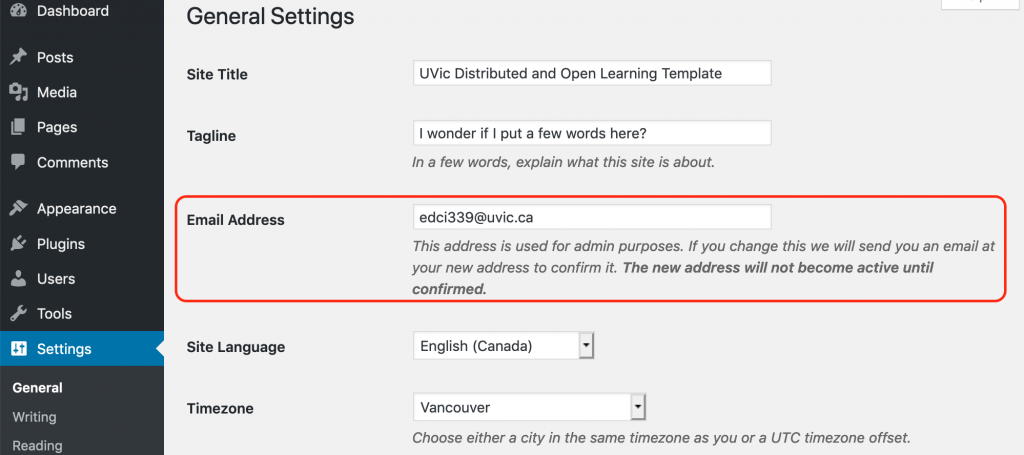Virtual reality, once no more than the premise of science fiction, has the potential to revolutionize learning. However, as the technology stands, it has flaws that, if left unchecked, will ultimately result in the benefits of the technology being inaccessible to individuals through no fault of their own. Over the course of this essay, I will address the potential benefits of virtual reality, (henceforth referred to as “VR”) and touch upon a few of the issues that the current generation has, using the “SECTIONS” model to guide my critique of the technology.
One of the main benefits of VR is that programs can be created and replayed with no physical risk to the participants (beyond tripping on a cable, or hitting a wall.) This makes it especially suitable for scenarios where “there would otherwise be risks involved if novice trainees were in contact with the actual environment.” (Billen, 2004, 2-3) In the classroom, this could be used to teach the dangers inherent in chemistry without anyone being in danger, or show off certain chemical reactions that aren’t practical in a classroom setting. However, these are by no means the only situations in which VR might have educational value. For instance, rather than teaching children basic mathematical principles through writing, VR could be used to provide them with concrete examples far beyond the capabilities of paper, or even colored blocks. Children could learn about geometry through hands-on manipulation of shapes, and get an idea of how they relate to other physical properties of the world around them. Furthermore, these activities could be programmed in such a way that makes learning enjoyable for K-12 education.
However, this idealistic view of future education has a few major problems. First of all, VR currently has a minimum suggested space requirement of three square feet for standing simulations (Courtney, 2019) making it fairly impractical for classroom use. Even assuming that this area can be slightly reduced for grade school classes because children are smaller than adults, it’s still enough to fill a sizable classroom. Furthermore, many school districts don’t have the budget to purchase and maintain computers with the computing power that VR requires. This rules out the possibility that poorer schools will be able to make use of the technology on a scale that entire classes can use, at least for the foreseeable future. Universities would have an easier time financing the technology and space required to use it, but use would likely remain relegated to lab activities, as even if students were able to afford the hardware, the limited space in dorms or off campus residences would make taking home assignments in VR an impractical task.
Thankfully, VR is easy to set up, and there are plenty of tutorials on how to use it. However, the current technology has severe limitations where accessibility is concerned. Those with visual impairment, as well as any kind of color blindness, will find use of a technology that relies primarily on sight to be difficult, if not downright impossible. Furthermore, current VR technology is almost exclusively designed for average male physiology, which results in higher instances of motion sickness in anyone who diverges from this model. (Stanney, 2020) Additionally, very little consideration is given to those with any sort of physical impairment, making the entry bar much higher for anyone who does not match the expectations of developers.
In terms of materials, most of what has been developed for VR to date is recreational. As such, it is difficult to determine the exact suitability of it for educational purposes. However, the bar for custom content creation is fairly high, and I don’t anticipate teachers being able to make their own scenarios to educate students.
VR, like many technologies, allows for the networking of individuals around the globe, however, it is up to the individual educator as to whether they will make use of this. One example of networking in VR would be a professor from another university being invited into a space remotely in order to give a presentation and see the work the students are doing. However, this is something that just as easily could be accomplished by existing technology for the most part. There are a few edge cases, such as an architect being able to see a representation of students designs in VR and being able to walk through them, that make the possibility worthwhile.
While VR is fairly safe and secure, there are always a few cases in which data can be leaked or stolen, particularly if the students are digitally networking with someone from off campus. As well, any ongoing projects created in VR are naturally at risk, but no more than any other project saved to university servers. So long as work was only done on campus, the technology would be relatively safe to use.
All these factors considered, the potential benefits outweigh the risks, but professors should be aware of these issues, so that they can attempt to mitigate them, and find a solution for those who are, for any reason, unable or unwilling to learn in VR. As well, care must be taken to design hardware that works for a wider range of people than currently. While it is by no means a miraculous technology, it has a lot of potential in a wide range of areas, and would benefit a number of fields of education, both academic and practical. In the end, it is another tool to be used where helpful and practical.

